Podcaster -Competition Shooter
- Army Sniper / Drill Instructor
- Competition Shooter IPSC
- Munitions Weapons Tactical
- Co-hosts the Black Man With A Gun podcast
- M-W Tactical Podcast

Podcaster -Competition Shooter

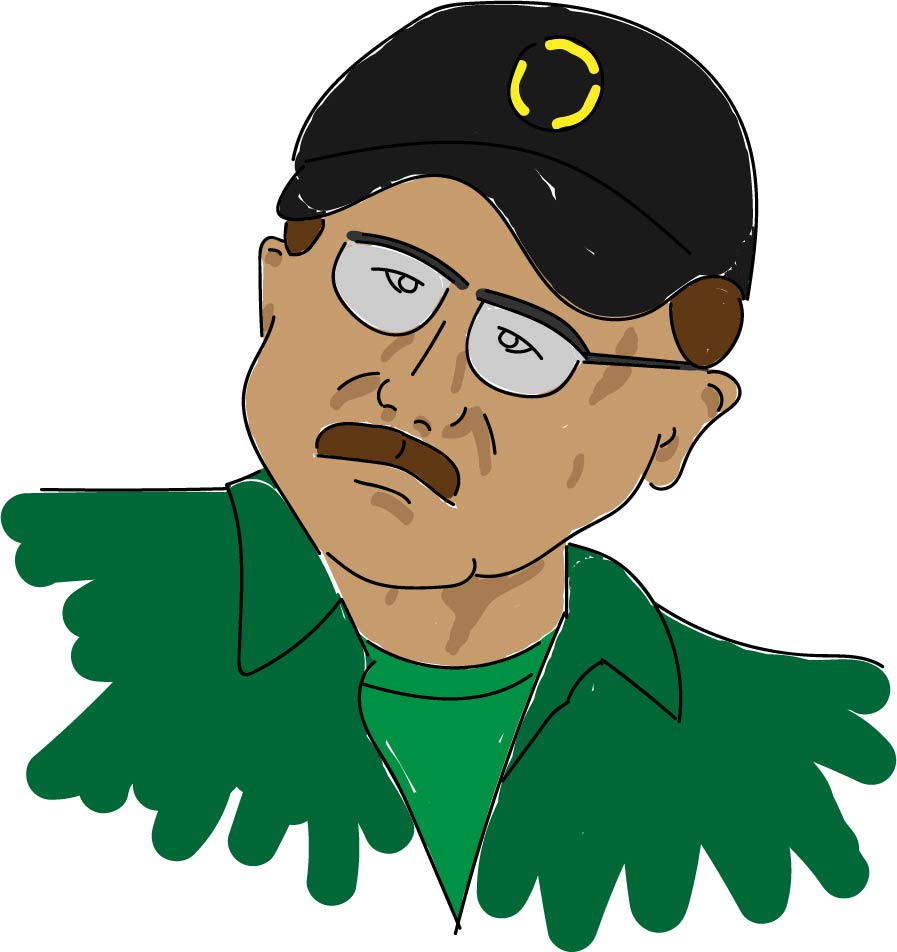
– U.S. Army Airborne Veteran (Disabled and Retired)
– 2004 Graduate of Yale Law School
– 2009 Founder and National President of Oath Keepers
– http://oathkeepers.org
August 23, 1956
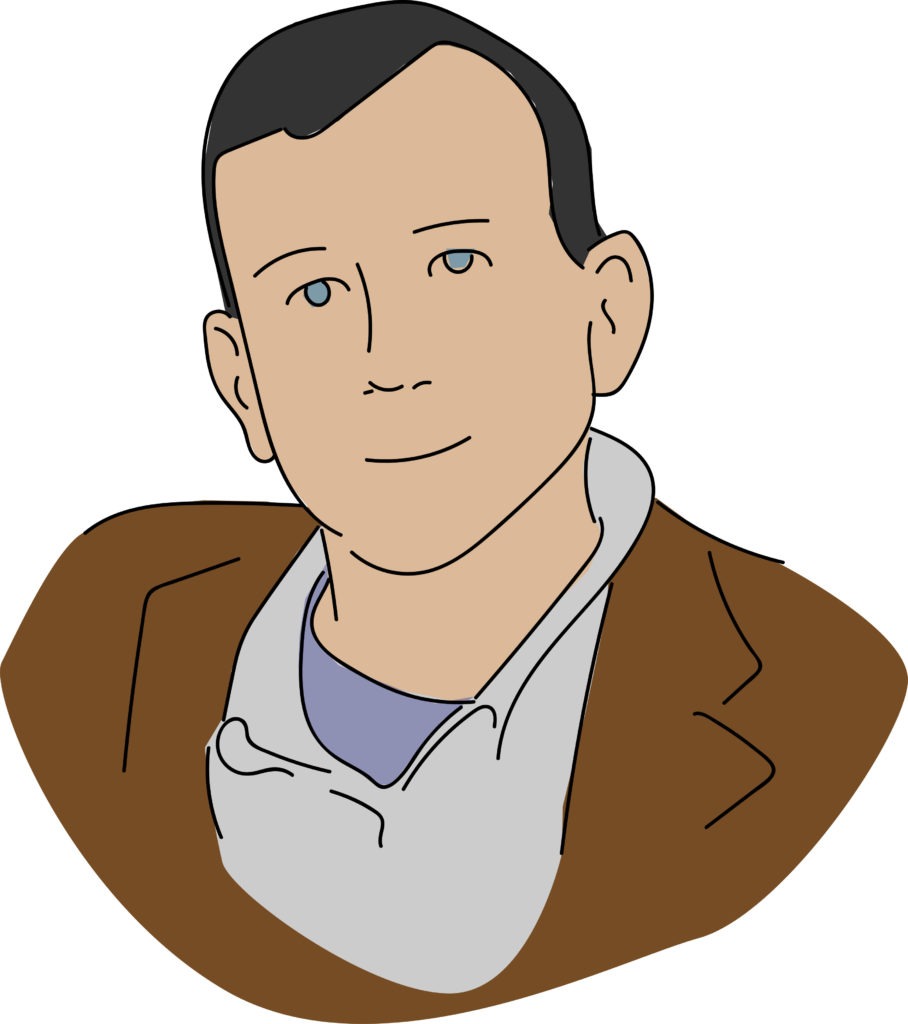
United States Army Marksmanship Unit
established in March 1, 1956
United States Army Marksmanship Unit
Fort Benning, Georgia
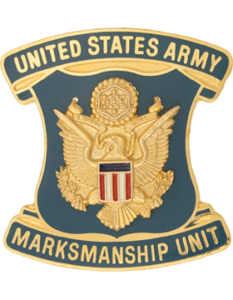
(August 11, 1836 – May 23, 1917)
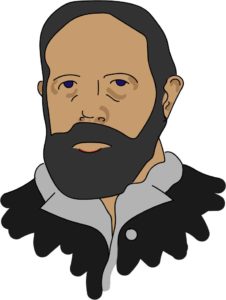
Colonel William C. Church was a notable figure in American journalism, publishing, and politics, and he also played a significant role in the history of the National Rifle Association (NRA).
Church’s involvement with the NRA began in 1871, shortly after its founding, when he was approached by the organization’s first president, George Wingate, to help promote and develop the organization. Church was a passionate outdoorsman and hunter, and he saw the NRA as an opportunity to promote responsible gun use and marksmanship training.
As a result of Church’s efforts, the NRA began to grow rapidly, and he served as the organization’s second president from 1874 to 1876. During his tenure, he helped establish the NRA’s annual shooting competitions and worked to promote gun safety and marksmanship training across the United States.
Church was also an early advocate for the Second Amendment, which he saw as a crucial component of American freedom and democracy. In an editorial published in the Army and Navy Journal in 1871, he wrote, “To preserve liberty, it is essential that the whole body of the people always possess arms, and be taught alike, especially when young, how to use them.”
In addition to his work with the NRA, Church was a prominent figure in American journalism and publishing. He served as the managing editor of the New York Sun and helped found the Army and Navy Journal. He was also a philanthropist and supporter of various charitable causes, including the American Society for the Prevention of Cruelty to Animals and the National Child Labor Committee.
Overall, Colonel William C. Church played a significant role in the history of the NRA and helped shape the organization into what it is today. He was a passionate advocate for responsible gun use, marksmanship training, and the Second Amendment, and his contributions have had a lasting impact on American culture and politics.
(May 23, 1824 – September 13, 1881)
– 1843-1847 United States Military Academy – graduated 18th in a class of 47
– 1847–1853 Mexican–American War (1st Lieutenant)
– 1853 manufactured the Burnside carbine
– 1861 – 1865 Civil War, Major General
– 1866-1869 Governor of Rhode Island
– 1871 NRA’s first President
– 1875-1881 U.S. Senator from Rhode Island
– His distinctive style of facial hair became known as sideburns
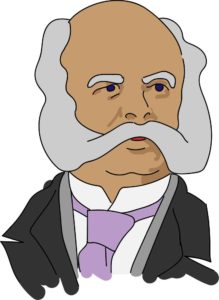
March 1822 – March 10, 1913
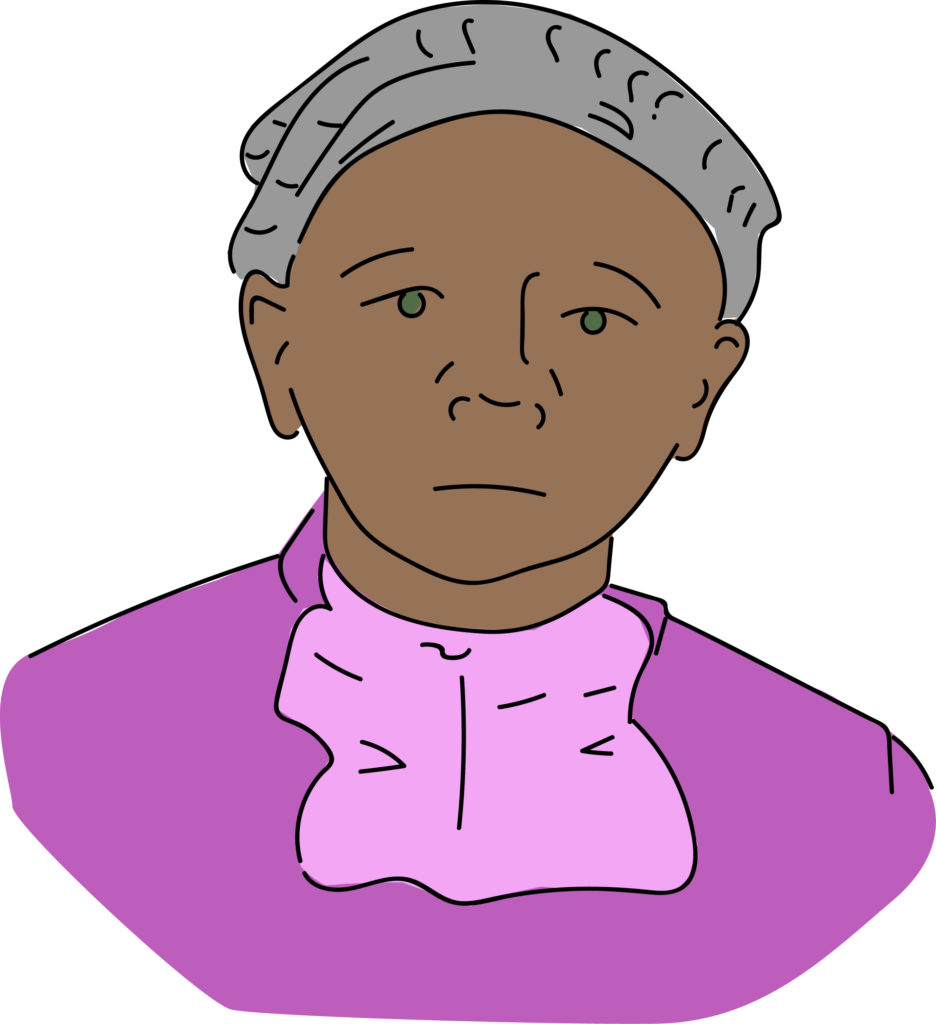
“There was one of two things I had a right to”, liberty or death; if I could not have one, I would have the other”
Tubman